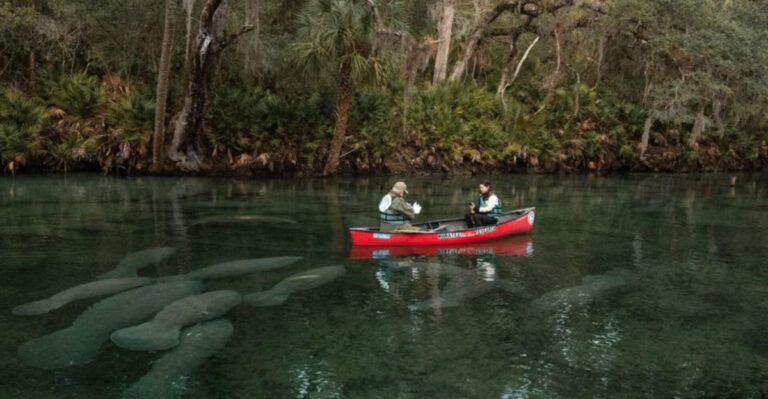21 Giant River Monsters Around The World And Where They Were Caught
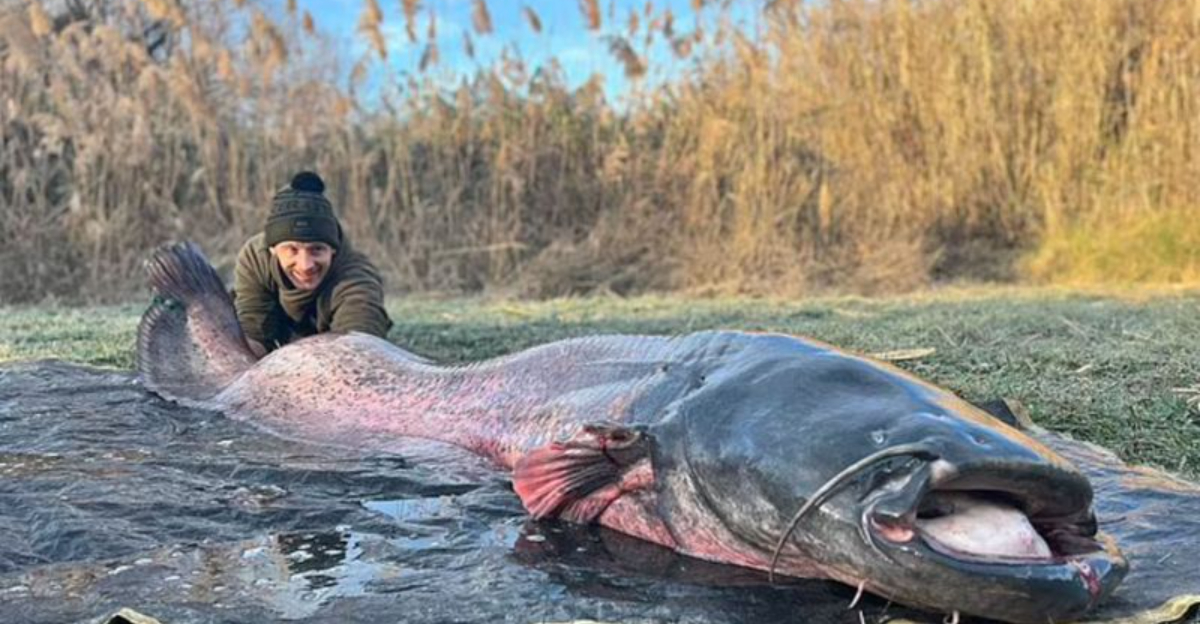
The world’s rivers are home to some of the most astonishing and gigantic creatures known to humankind.
From the deep rivers of Asia to the expansive basins of South America, each of these aquatic giants boasts unique characteristics and stories that are nothing short of fascinating. Join us as we delve into the mysterious and often thrilling world of these river behemoths.
1. Giant Freshwater Catfish (Mekong River, Southeast Asia)
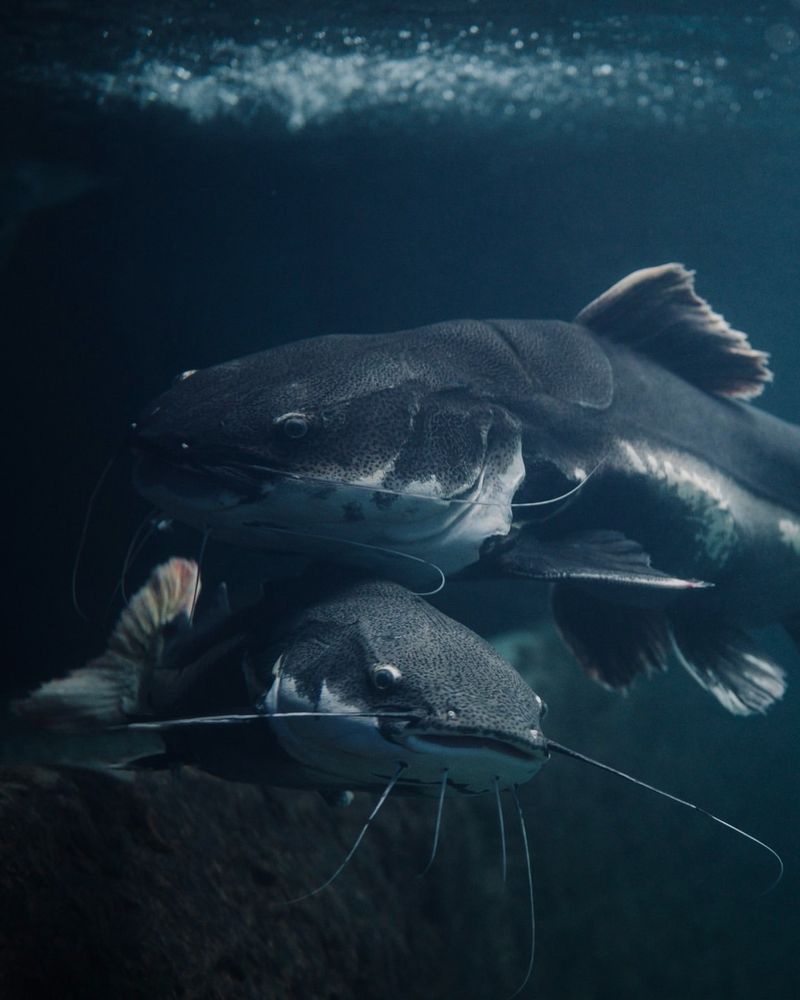
The Giant Freshwater Catfish is a legendary fish known for its extraordinary size. Found in the Mekong River in Southeast Asia, this species can reach lengths of up to 10 feet and weigh over 600 pounds.
This massive catfish plays a key role in the river’s ecosystem, with its size and strength making it one of the most formidable fish in the region.
2. King Salmon (Nushagak River, Alaska, USA)
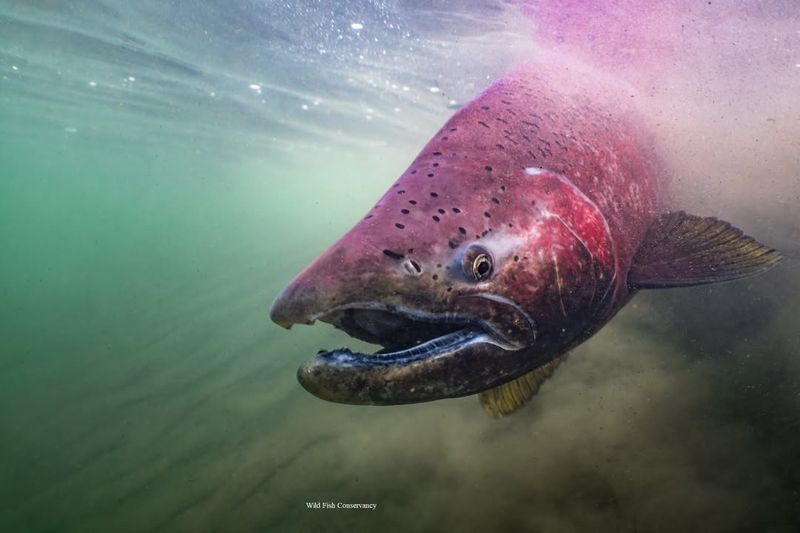
The King Salmon, also known as the Chinook Salmon, is the largest of all salmon species, known for its massive size and ability to grow up to 5 feet long and weigh over 100 pounds. These giant fish are found in the Nushagak River in Alaska, where they are an essential part of the local ecosystem.
King Salmon are prized for their size and powerful swimming abilities, making them a popular target for both commercial and sport fishing. Their size, along with their importance to the food chain, has made them an iconic species in the region.
3. Arapaima (Amazon Basin, Brazil)
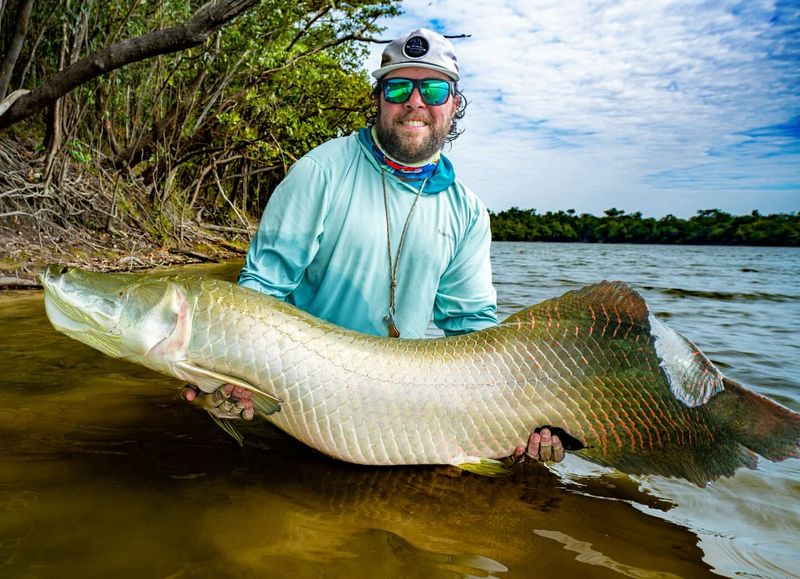
The Arapaima is one of the largest fish species in the world, with adults capable of growing over 9 feet in length and weighing up to 485 pounds.
These massive fish inhabit the Amazon River and its tributaries in Brazil and Peru. Known for their impressive size and striking appearance, Arapaimas are vital to the ecosystem, helping maintain the balance of the aquatic food chain in the Amazon Basin.
4. Goonch Catfish (Kali River, India and Nepal)
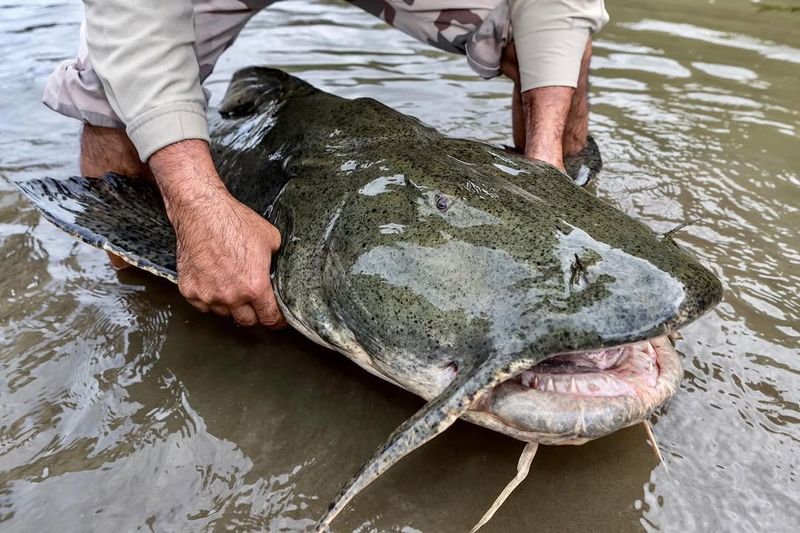
The Goonch Catfish is a massive freshwater species that can grow up to 10 feet in length and exceed 500 pounds.
Native to the Kali River in India and Nepal, this aggressive and mysterious fish has been the subject of legends and myths, partly due to its size and strength. Despite their immense size, Goonch Catfish are elusive and rarely seen, adding to their mystique among local fishermen.
5. Mekong Giant Catfish (Mekong River, Thailand)
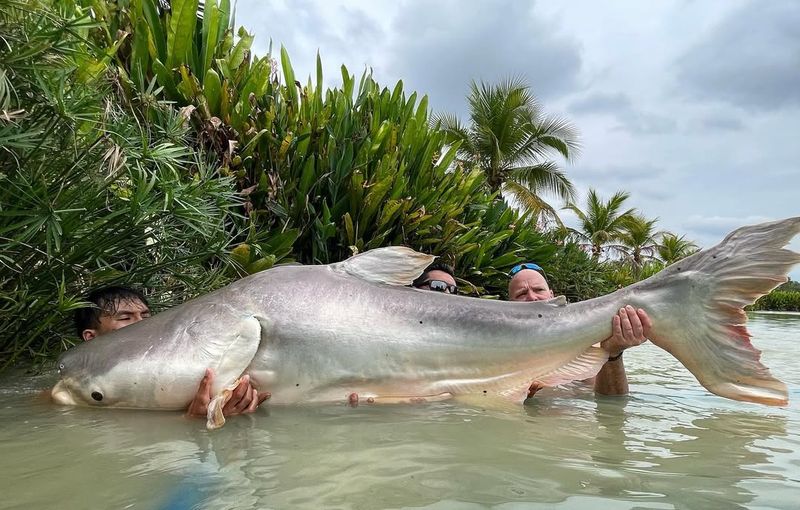
The Mekong Giant Catfish holds the title of the world’s largest freshwater fish, with some individuals reaching lengths of over 10 feet and weighing up to 646 pounds.
This remarkable fish is found in the Mekong River that runs through Southeast Asia, including countries like Thailand, Laos, Cambodia, and Vietnam. The Mekong Giant Catfish is an endangered species, and its immense size and elusive nature make it a prized catch for local fishermen.
6. Alligator Gar (Mississippi River, USA)
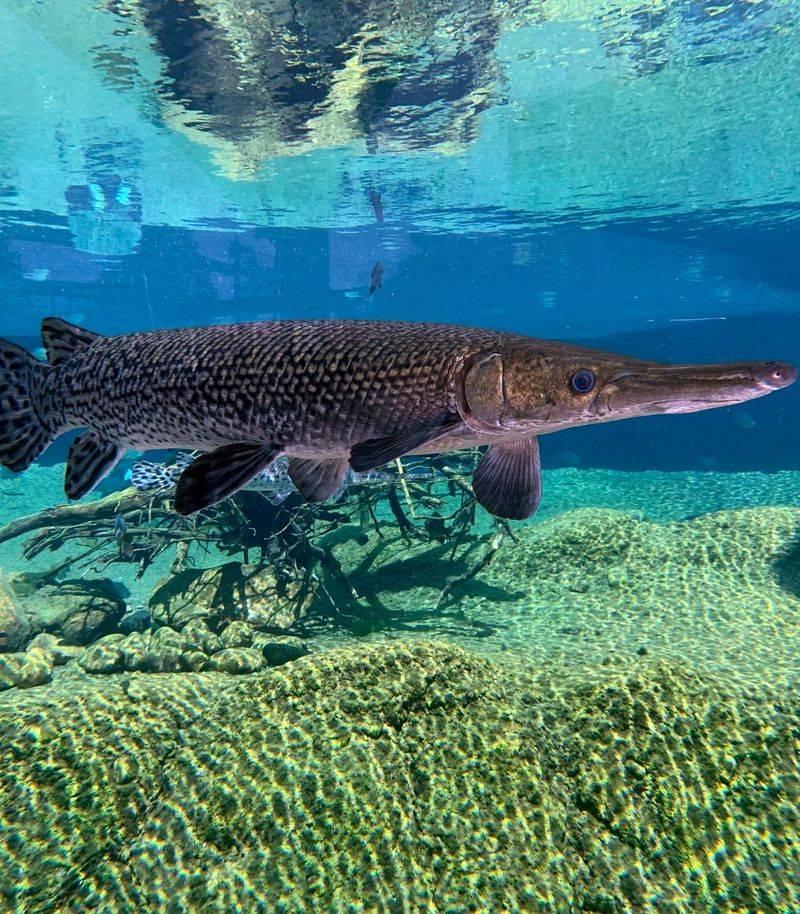
The Alligator Gar is one of the largest and most prehistoric fish species in North America, with some individuals growing up to 10 feet long and weighing over 300 pounds.
Found in the Mississippi River and other waterways throughout the southeastern United States, these fish are easily recognizable by their long, alligator-like snouts and armored bodies. They are capable predators, feeding on fish, birds, and small mammals.
7. Nile Perch (Lake Victoria, Africa)
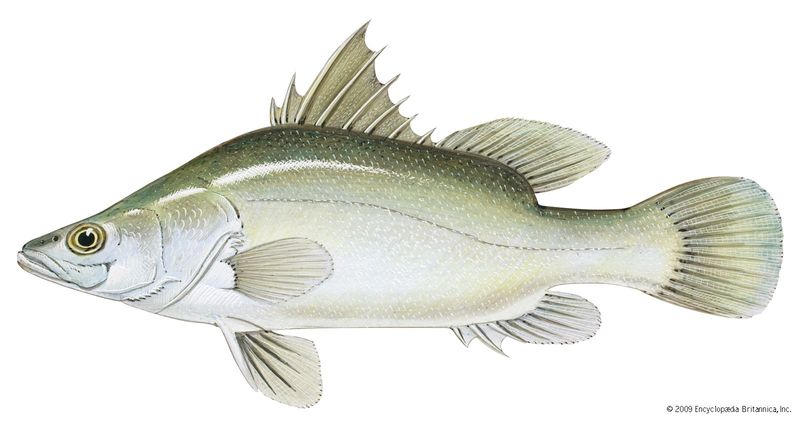
The Goonch Catfish is a massive freshwater species that can grow up to 10 feet in length and exceed 500 pounds. Native to the Kali River in India and Nepal, this aggressive and mysterious fish has been the subject of legends and myths, partly due to its size and strength.
Despite their immense size, Goonch Catfish are elusive and rarely seen, adding to their mystique among local fishermen.
8. Wels Catfish (River Ebro, Spain)
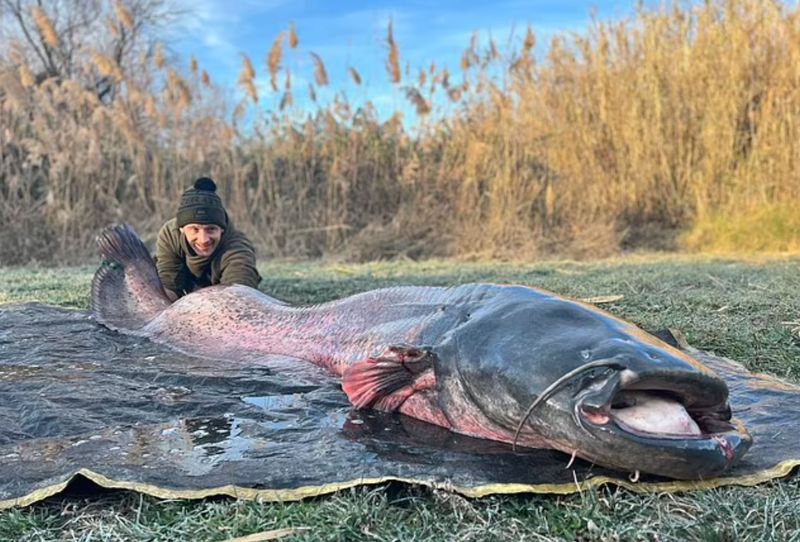
The Wels Catfish is native to Europe and can grow up to 16 feet in length and weigh over 660 pounds, making it one of the largest freshwater fish in the world.
The species is primarily found in Eastern and Southern Europe, but it has become especially famous for its size and strength in the River Ebro in Spain, where anglers frequently encounter these giant fish. The Wels Catfish is both a revered and feared predator in the waters it inhabits.
9. Giant Freshwater Stingray (Mekong River, Cambodia)
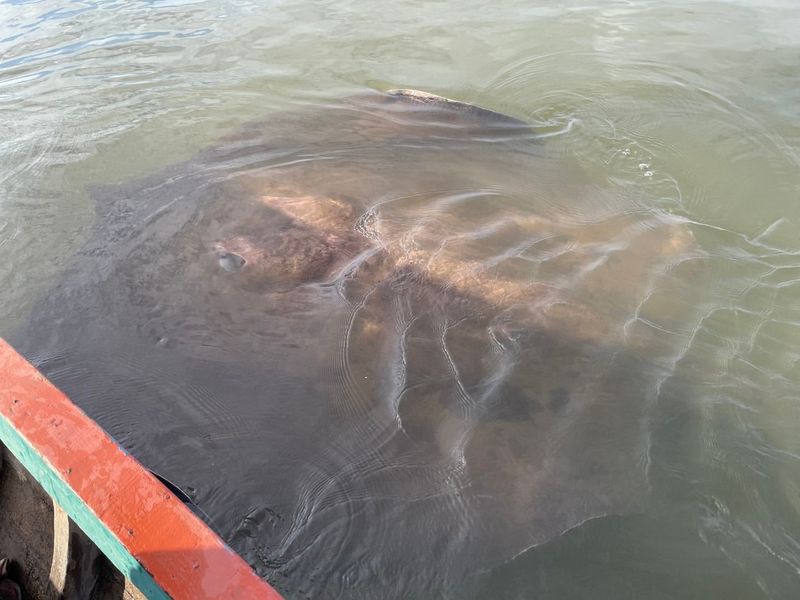
The Giant Freshwater Stingray is one of the largest and heaviest freshwater species, capable of reaching over 16 feet in length and weighing up to 1,300 pounds.
Found in the Mekong River in Cambodia, these elusive creatures are rarely seen but are known to grow to gigantic proportions. They are considered critically endangered, with the Mekong River providing a vital habitat for them.
10. Piraiba Catfish (Amazon and Orinoco Rivers, South America)
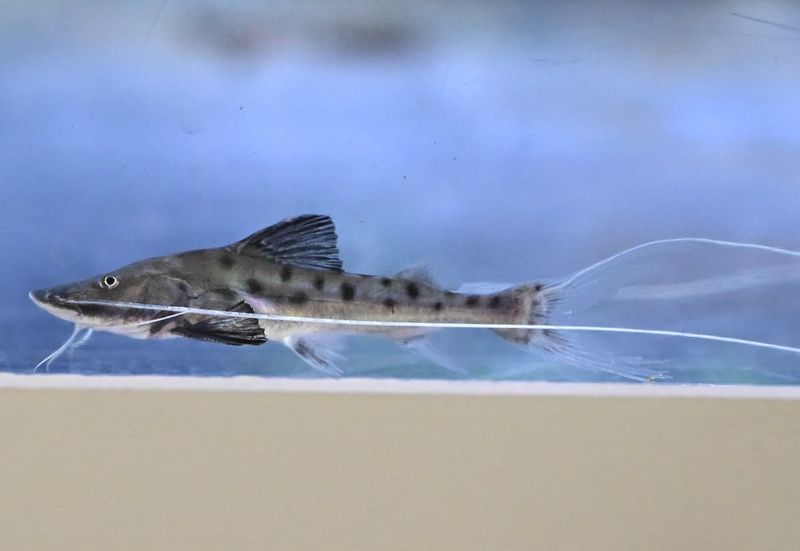
The Piraiba Catfish, also known as the giant river catfish, can grow up to 10 feet long and weigh over 600 pounds.
Found in the Amazon and Orinoco Rivers in South America, this giant catfish is known for its massive size and fierce nature. Due to its rare appearance and impressive size, the Piraiba Catfish is a remarkable species in the world of freshwater giants.
11. Giant Barb (Mekong River, Southeast Asia)
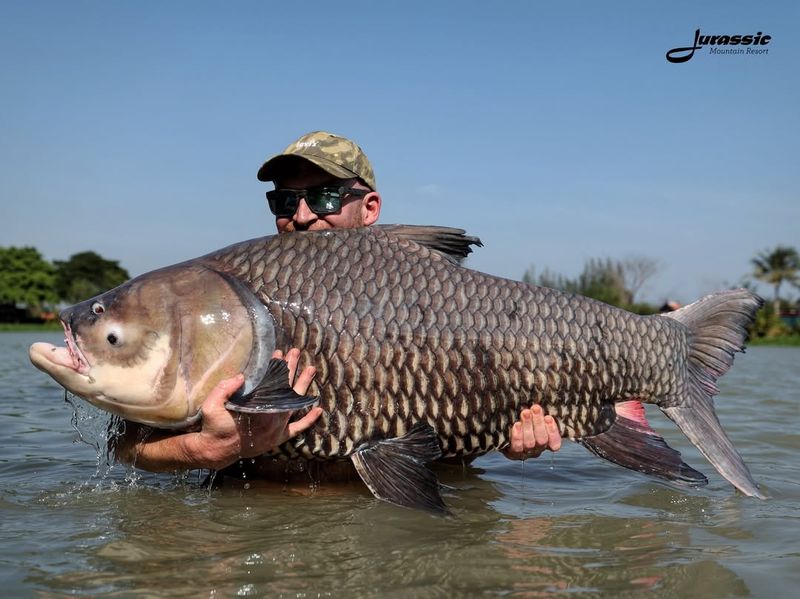
The Giant Barb is a giant fish species that can grow up to 10 feet long and weigh over 660 pounds. Found in the Mekong River in Southeast Asia, these fish are known for their immense size and incredible strength.
The Giant Barb plays a significant role in the ecosystem by helping to maintain the balance of aquatic life in the region’s rivers and streams.
12. Taimen (Kanas Lake, China)
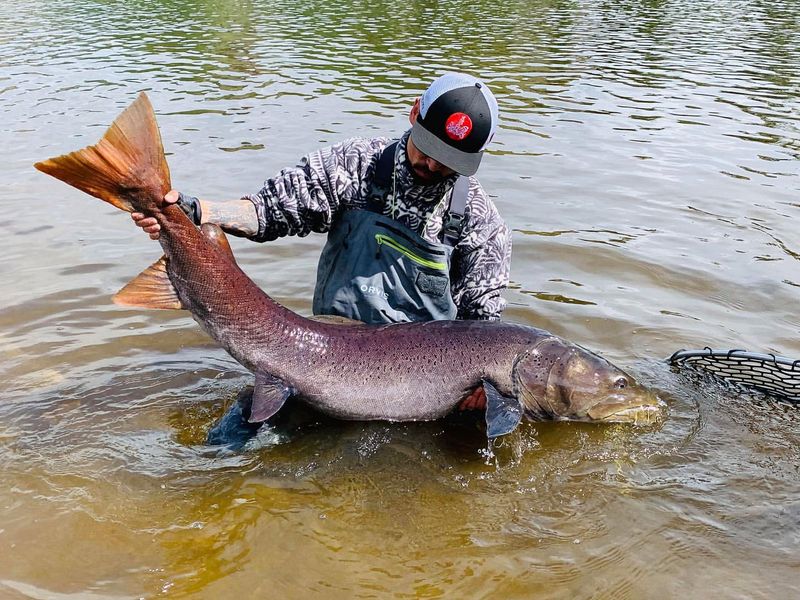
The Taimen is a massive salmonid species found in the cold waters of Kanas Lake in China, as well as other rivers in Central Asia. They can grow up to 6 feet in length and weigh over 100 pounds.
Known as the “river wolf” due to their aggressive predatory nature, Taimen are a rare catch and considered an endangered species. Their enormous size and elusive nature make them a sought-after prize for anglers in the region.
13. European Eel (River Thames, UK)

The European Eel is an incredible species found in rivers such as the River Thames in the UK, growing up to 6 feet long. While smaller than other river giants, it is still a significant and historic species.
European Eels are migratory, traveling between freshwater and saltwater ecosystems to reproduce. Their fascinating lifecycle and migratory behavior make them a unique and important species.
14. Bull Shark (Brisbane River, Australia)
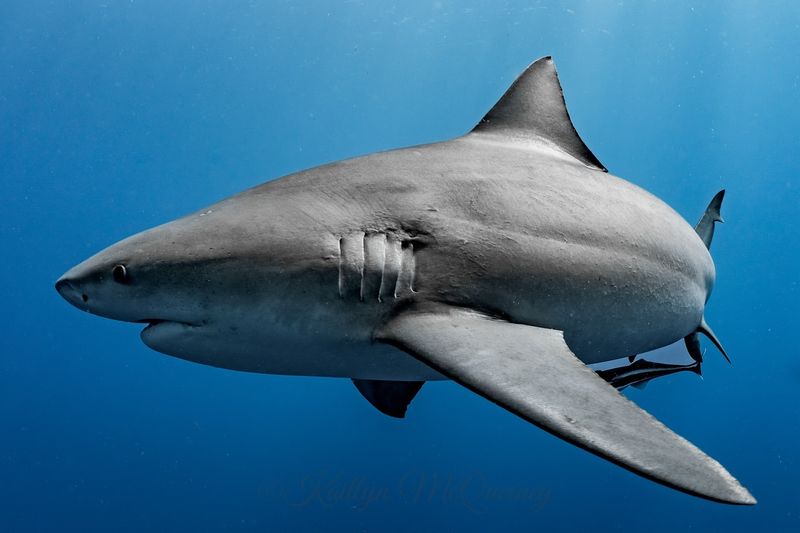
The Bull Shark is known for its ability to thrive in both saltwater and freshwater environments. It can be found in the Brisbane River in Australia, as well as other rivers around the world.
While they are typically smaller than other giant river monsters, Bull Sharks are fierce predators that can grow up to 11 feet long and weigh over 500 pounds. They have been known to travel up rivers, posing a potential threat to unsuspecting swimmers and fishermen.
15. Giant Snakehead (Chao Phraya River, Thailand)

The Giant Snakehead is a predatory fish found in the Chao Phraya River in Thailand. These fish can grow up to 5 feet long and weigh over 15 pounds.
Known for their aggressive nature, Giant Snakeheads are capable of breathing air and can move between different bodies of water, making them highly adaptable and difficult to control. Their size and strength make them a dangerous and fascinating species in Southeast Asia.
16. Chinese Paddlefish (Yangtze River, China)
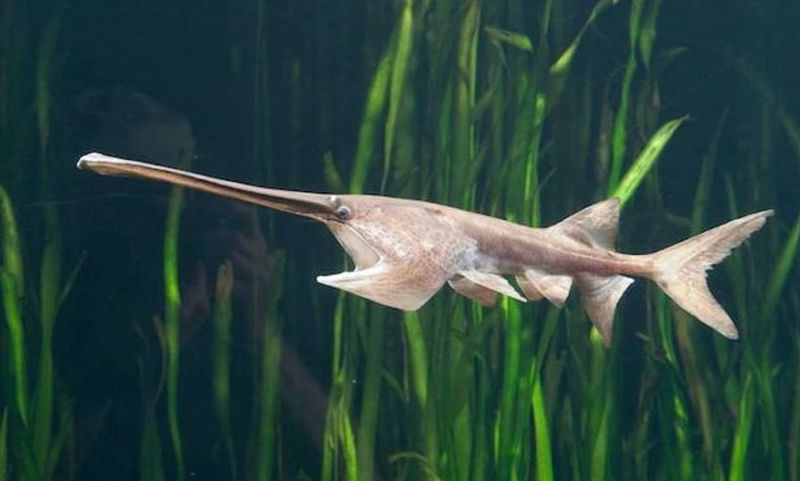
The Chinese Paddlefish is one of the largest freshwater fish, growing up to 23 feet in length. Native to the Yangtze River in China, this species is critically endangered and may already be extinct.
The Chinese Paddlefish was known for its long, paddle-shaped snout and was once a major part of the ecosystem in the Yangtze River, where it helped to regulate fish populations.
17. Tarpon (Orinoco River, Venezuela)
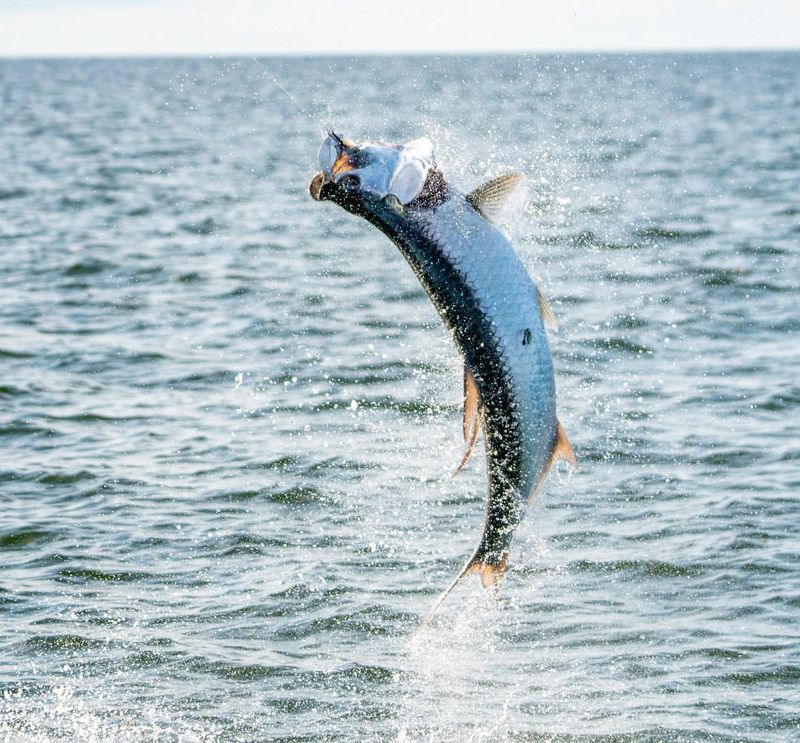
The Tarpon is a massive, silver-colored fish found in the Orinoco River in Venezuela and other parts of Central and South America. Tarpons can grow up to 8 feet long and weigh over 280 pounds.
They are known for their acrobatic jumps and fighting spirit when hooked, making them a prized catch for anglers.
18. Tigerfish (Congo River, Africa)
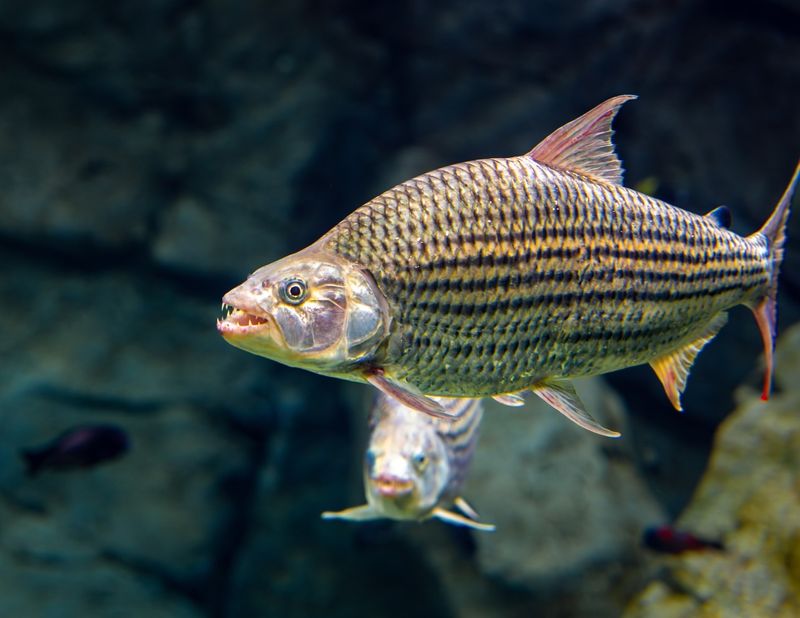
The Tigerfish is a powerful predator found in the Congo River in Africa. Known for their sharp teeth and aggressive hunting behavior, Tigerfish can grow up to 5 feet long and weigh over 50 pounds.
They are considered one of the top predators in their environment and are prized by sport fishermen for their strength and speed.
19. Greenland Shark (St. Lawrence River, Canada)
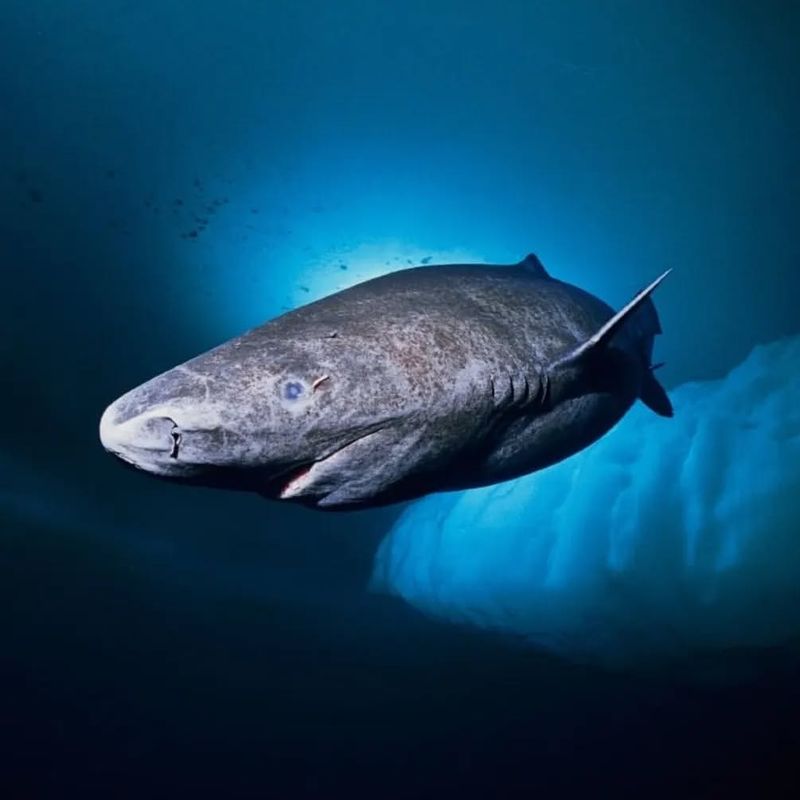
The Greenland Shark is one of the largest shark species in the world, capable of growing up to 24 feet long. Found in the St. Lawrence River in Canada, this species is known for its slow movement and long lifespan, living for up to 400 years.
Greenland Sharks are often found in the cold, deep waters of the Arctic and are known to have a diet consisting of fish, seals, and other marine creatures.
20. Electric Eel (Amazon River, Brazil)
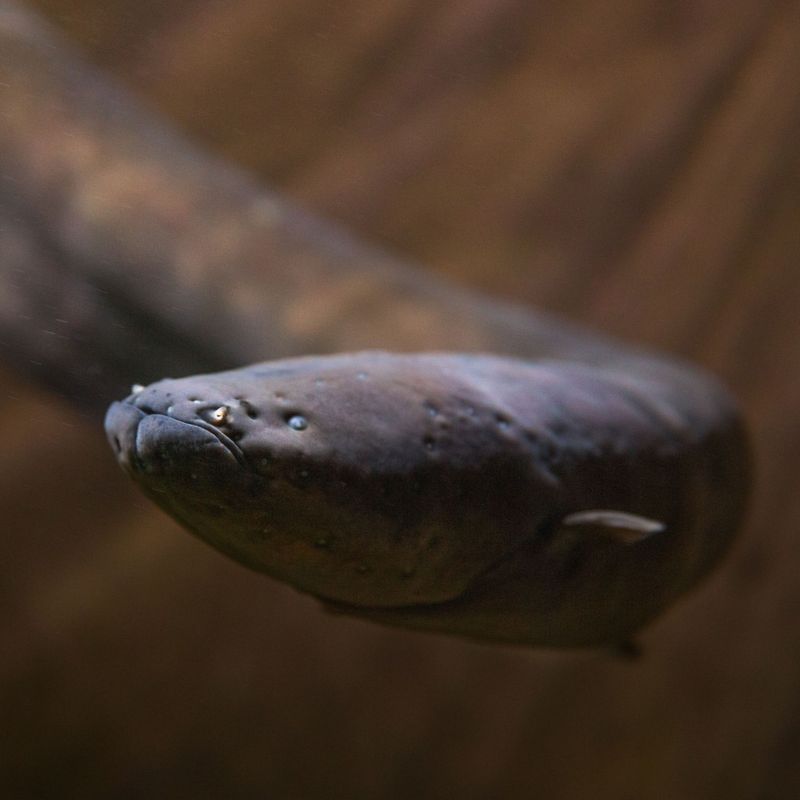
The Electric Eel is famous for its ability to generate electric shocks of up to 600 volts, which it uses to stun prey and defend itself. Found in the Amazon River in Brazil, Electric Eels can grow up to 8 feet in length.
While they aren’t technically true eels, they are fascinating creatures known for their ability to produce electrical energy, making them a formidable presence in the water.
21. Australian Lungfish (Burnett River, Australia)

This is a prehistoric species that can grow up to 9 feet long. Native to the Burnett River in Australia, these fish are unique in their ability to breathe air, thanks to their specialized lungs.
Australian Lungfish are ancient creatures, with fossil records dating back over 400 million years, and they play a critical role in the ecosystems where they live.





